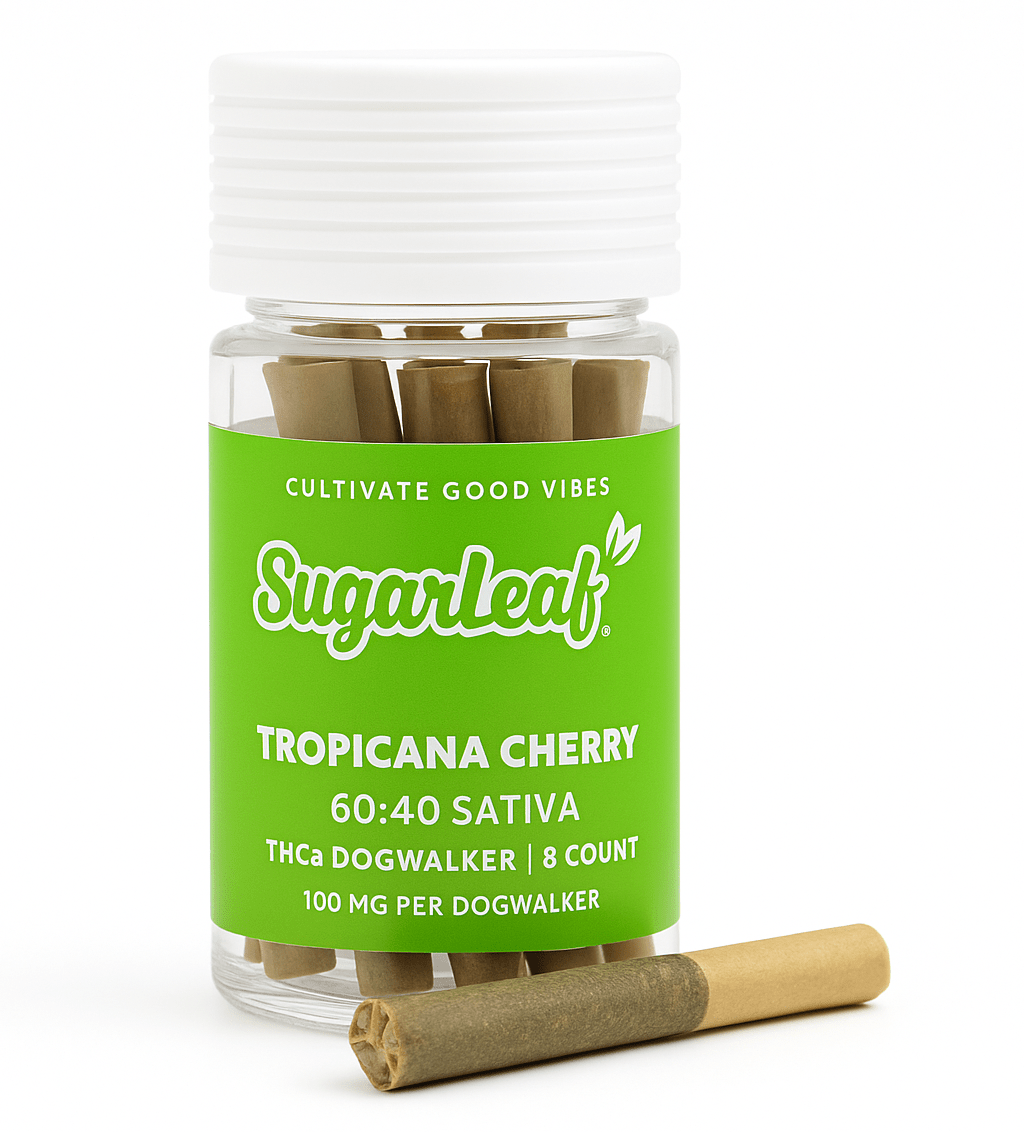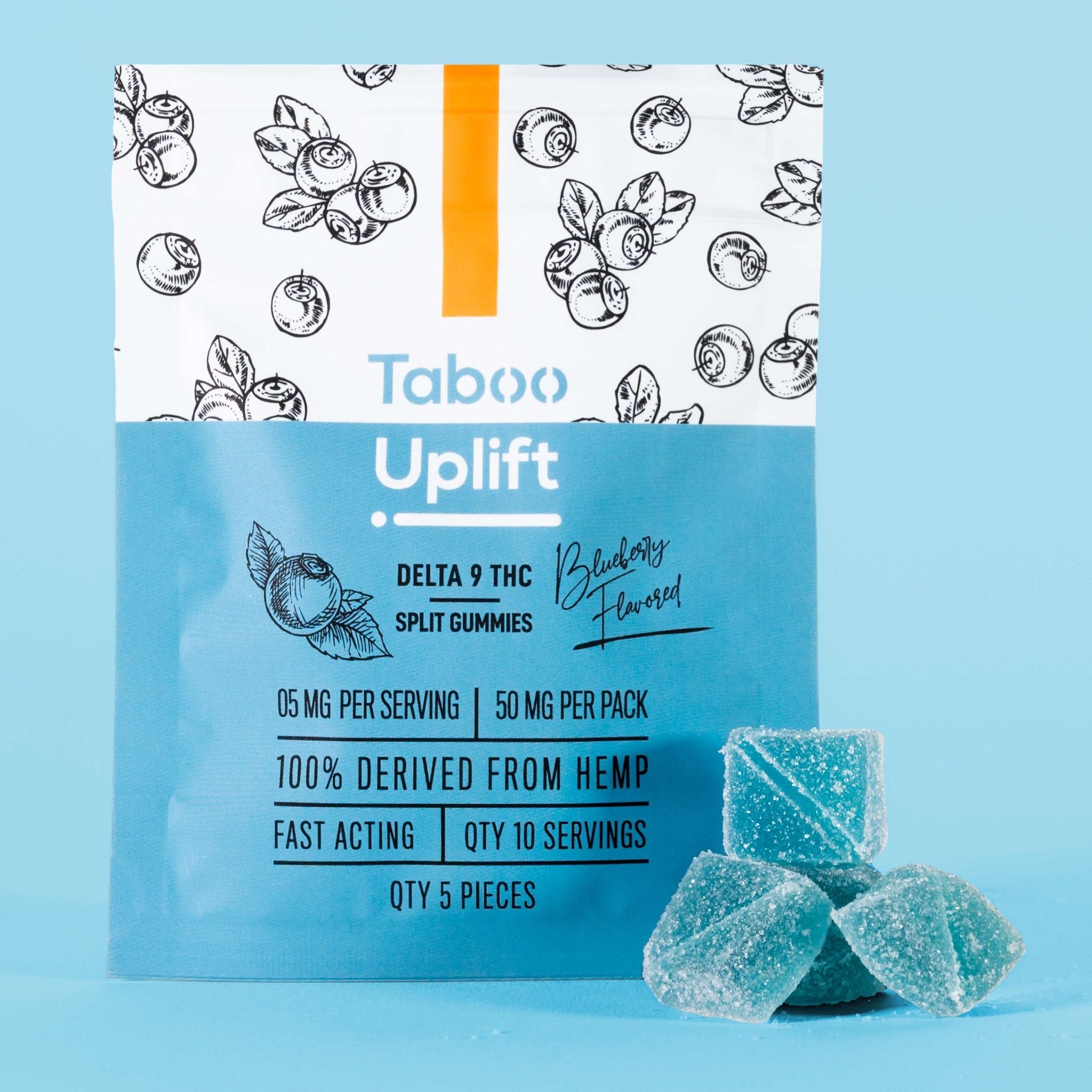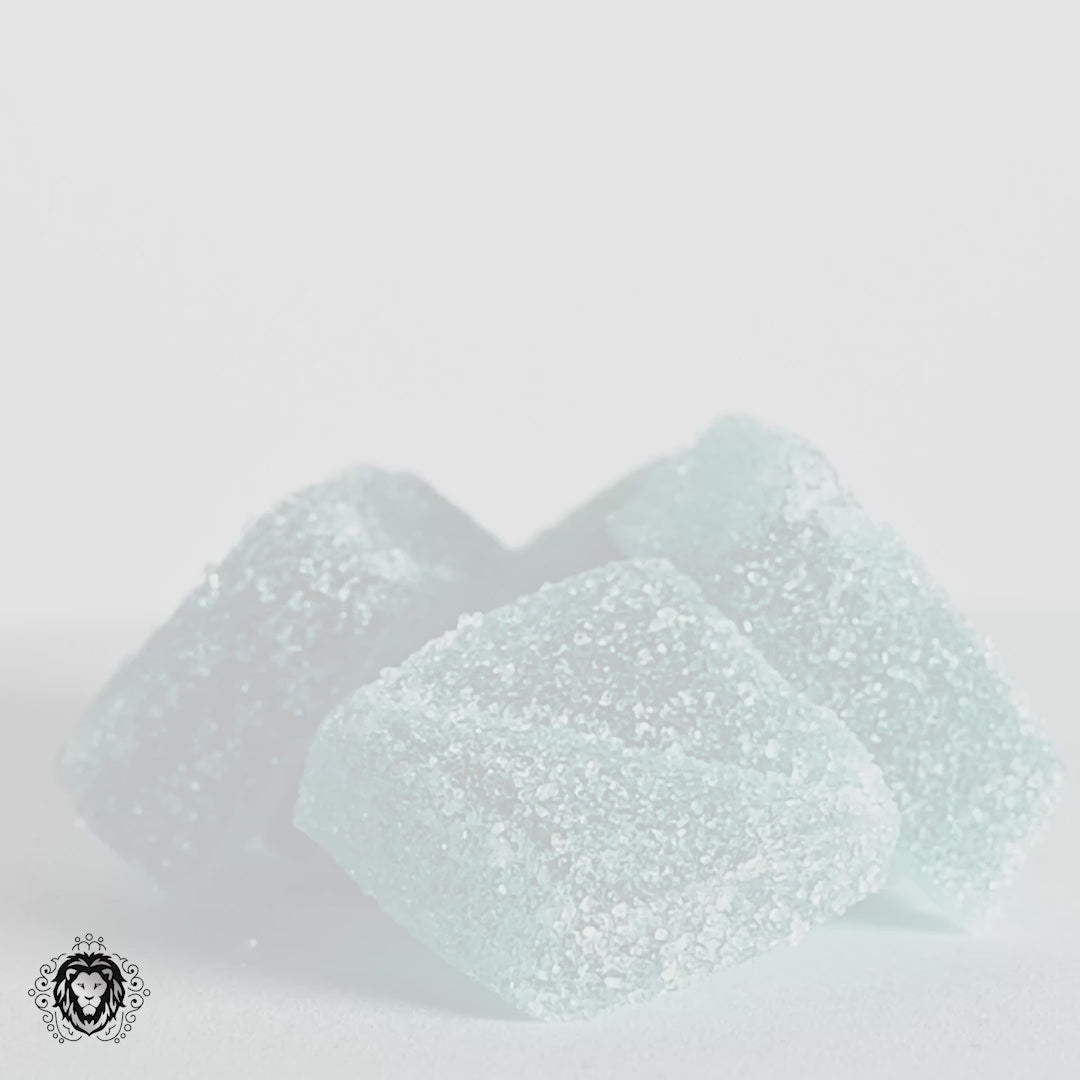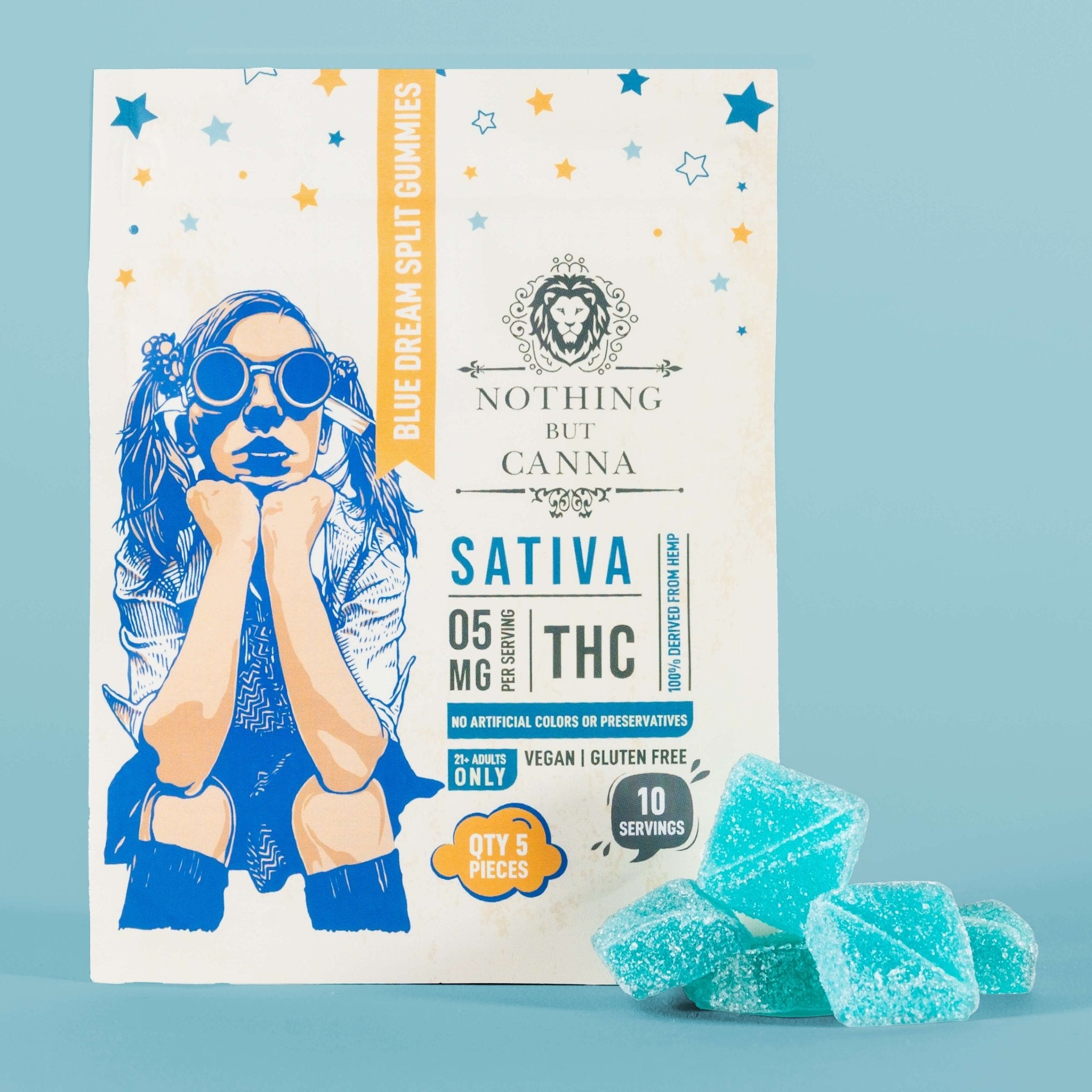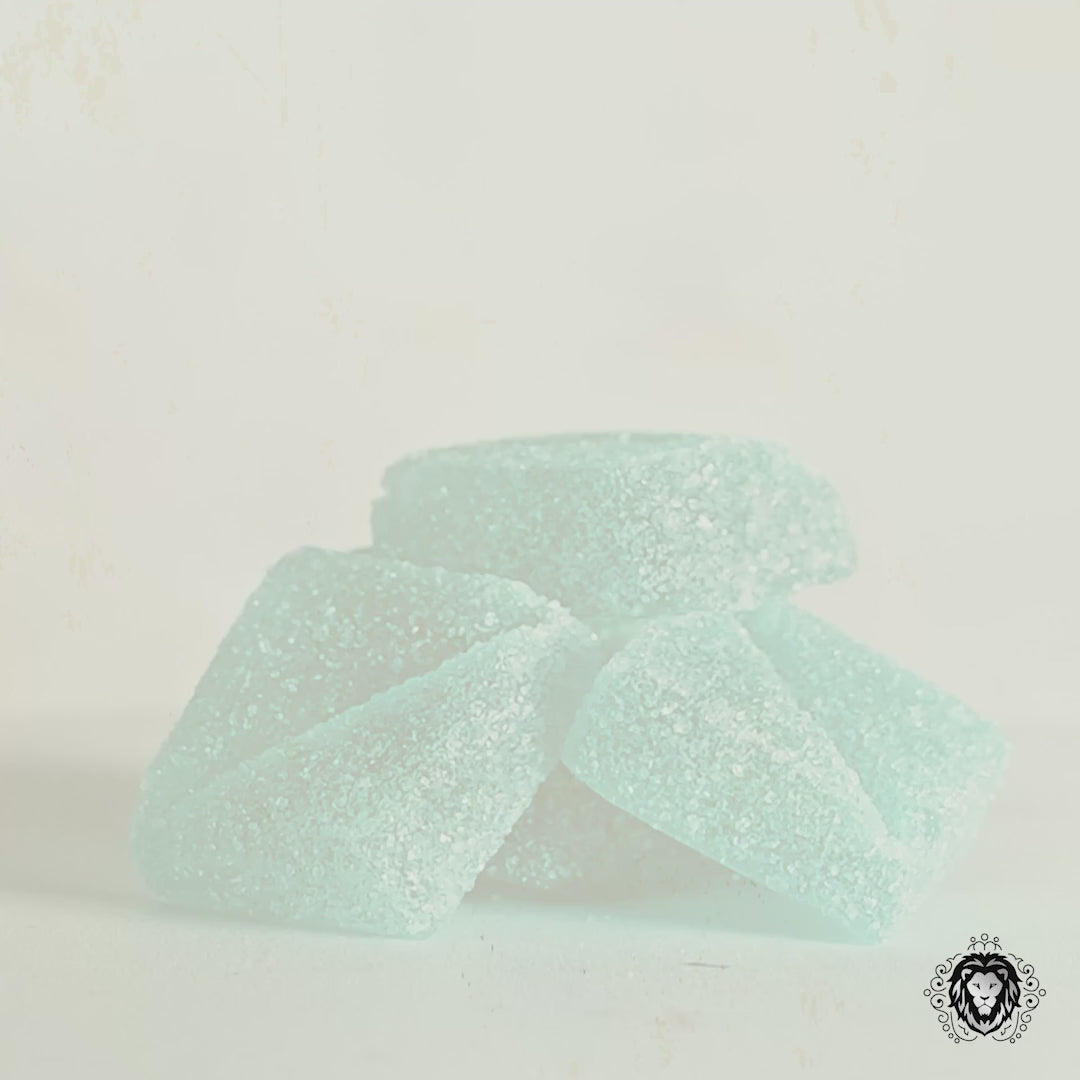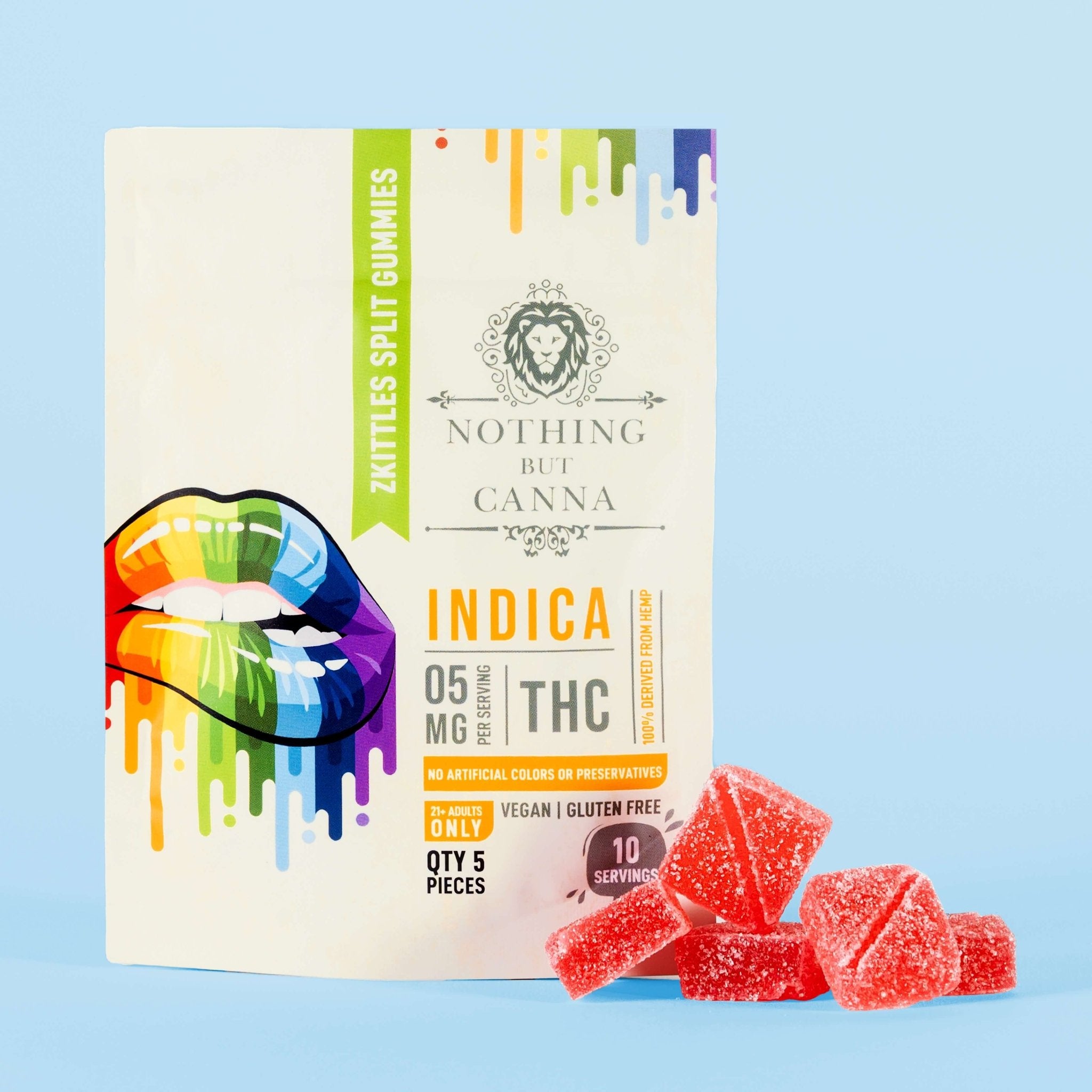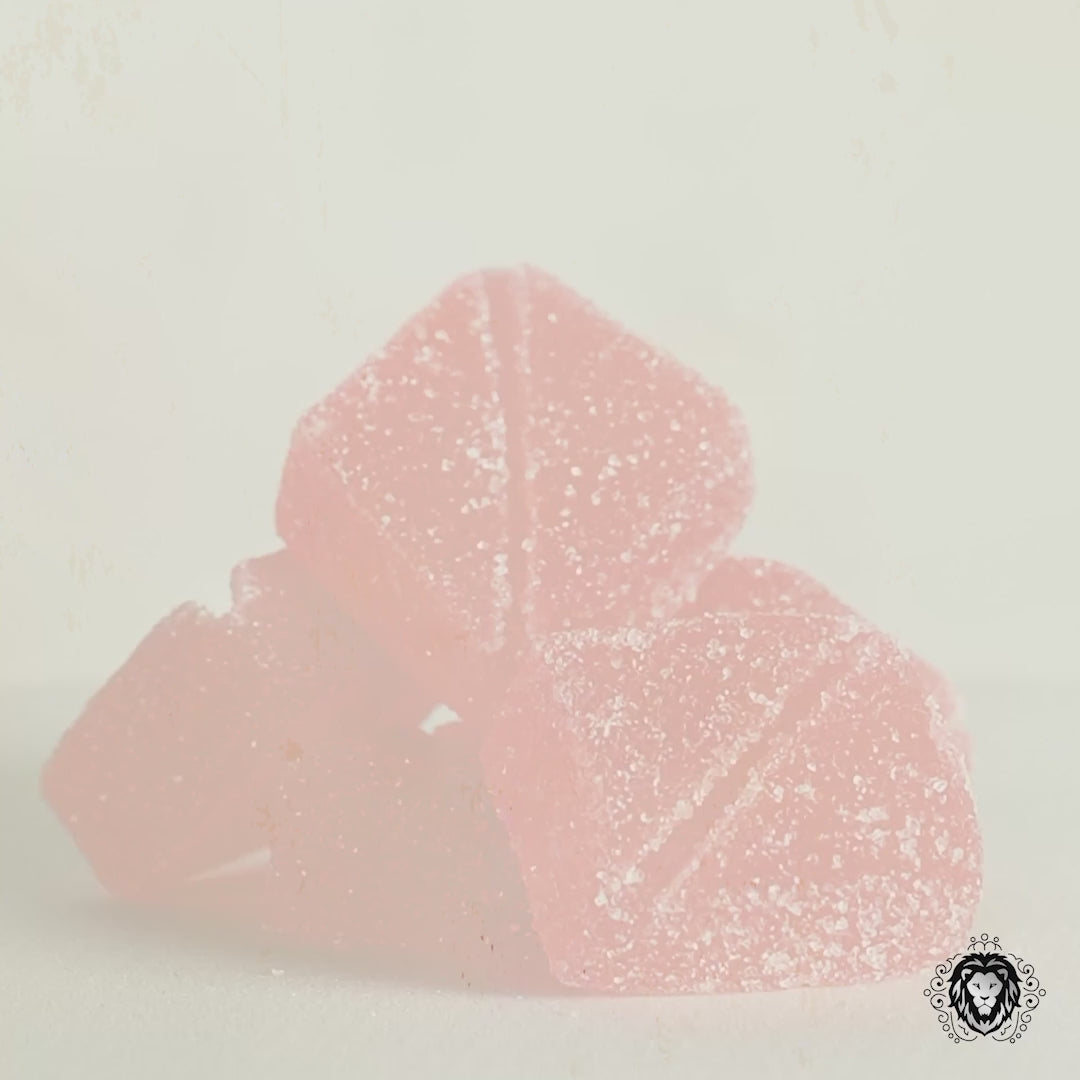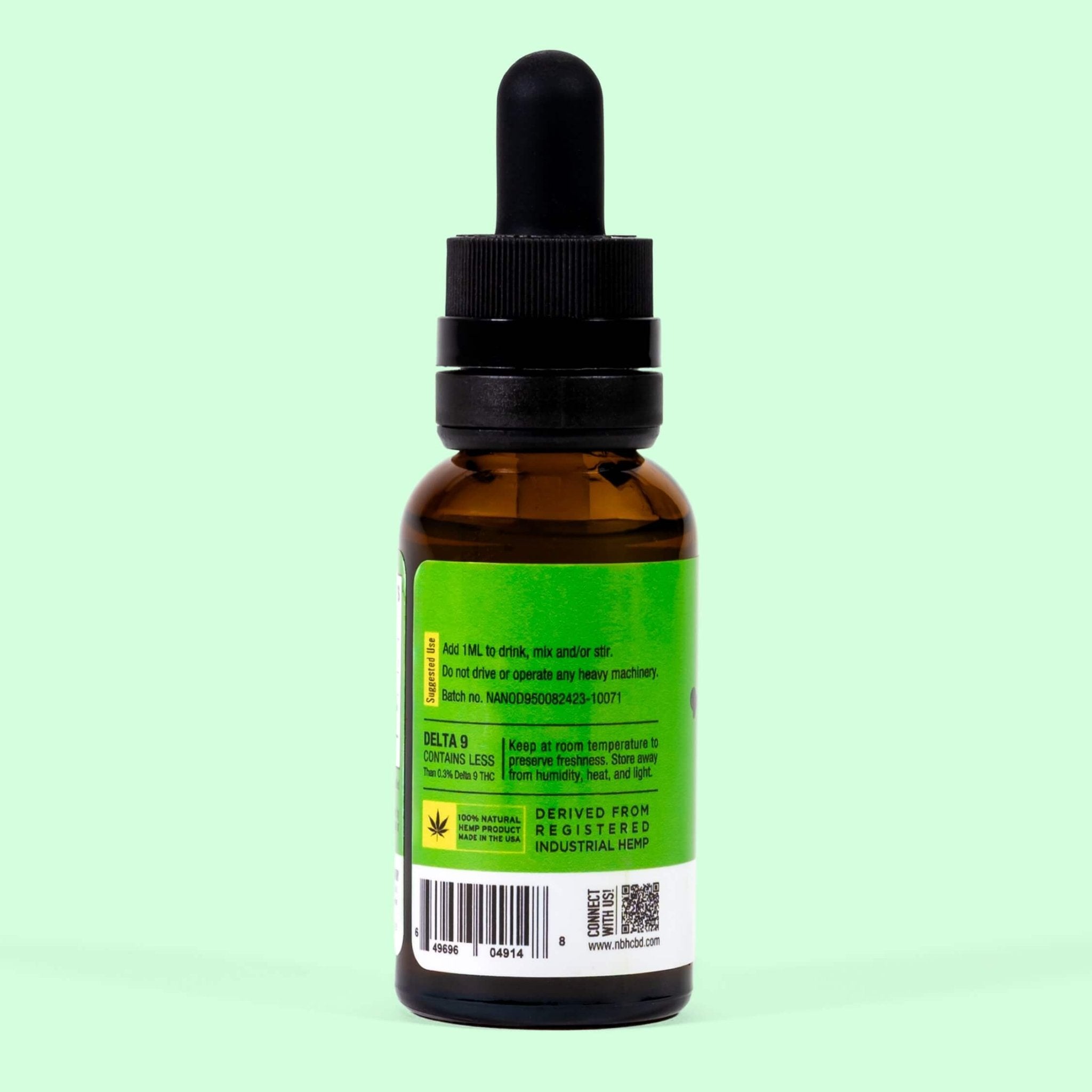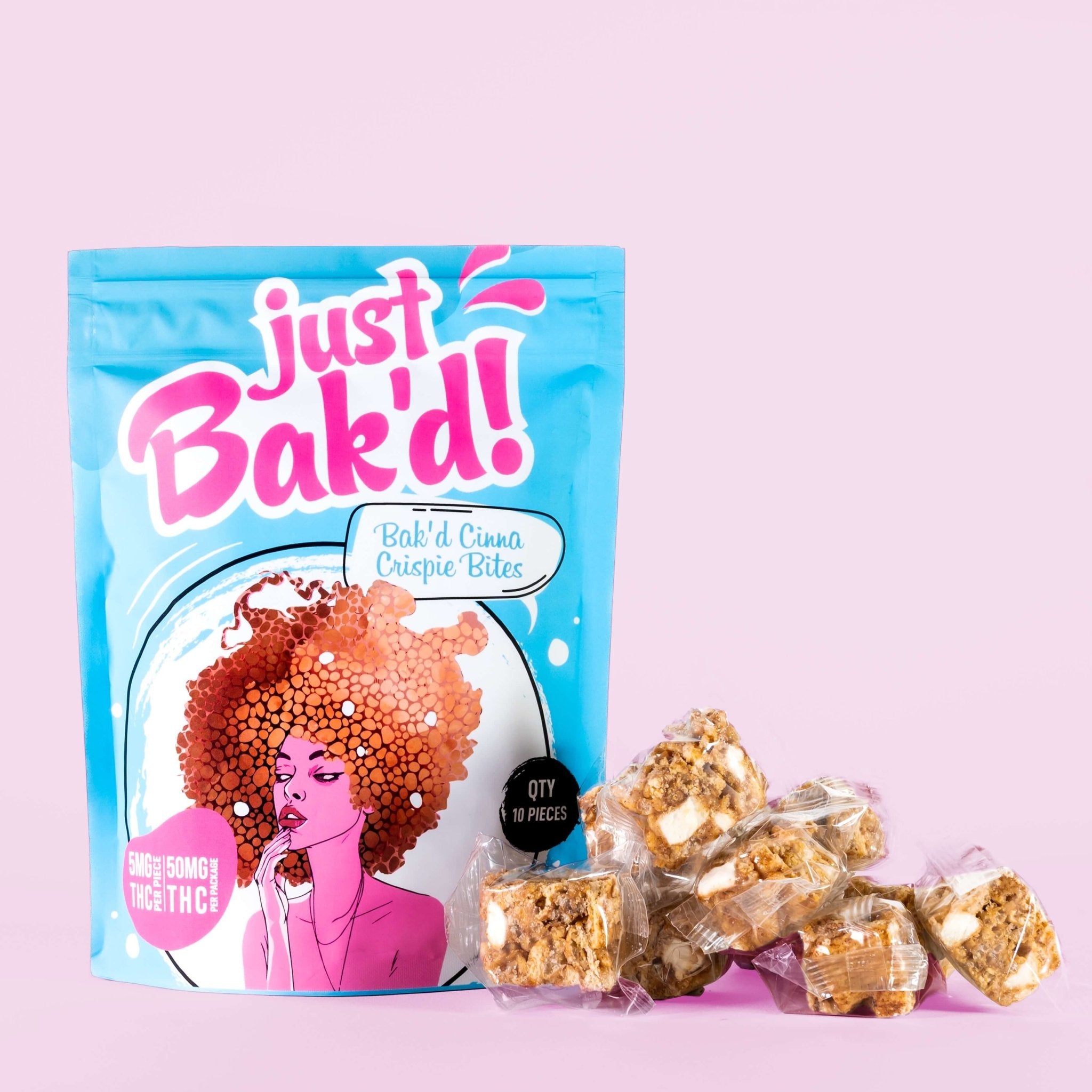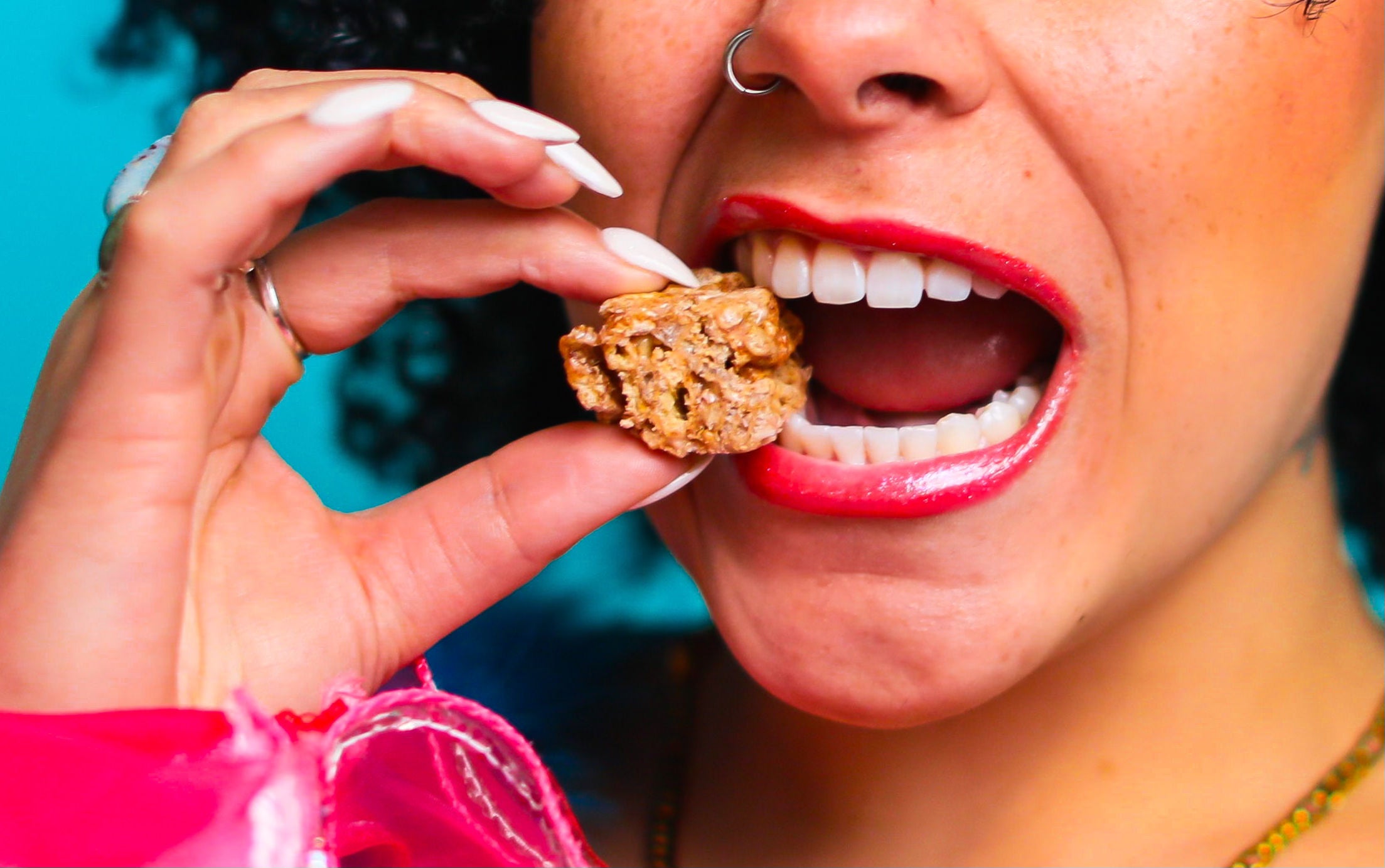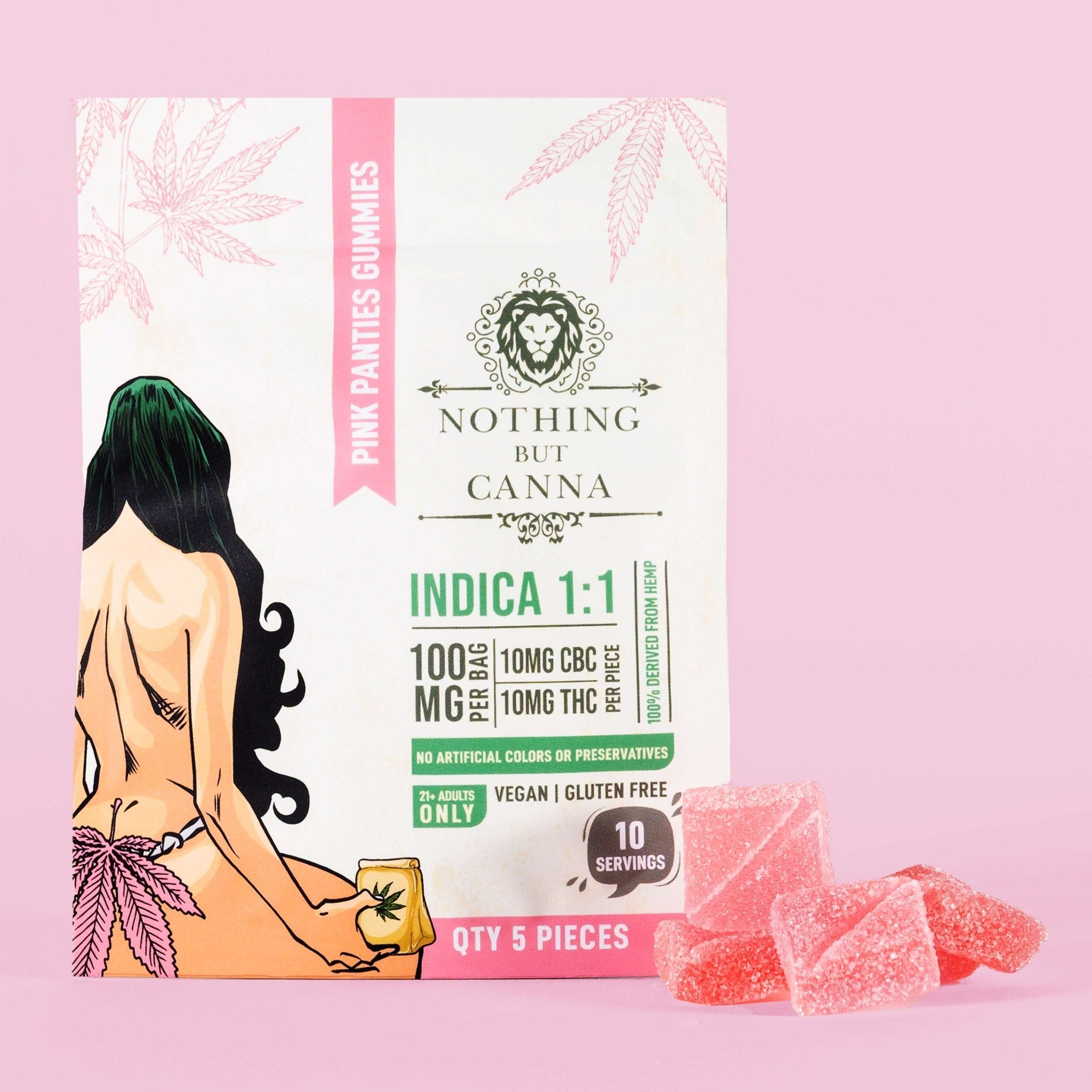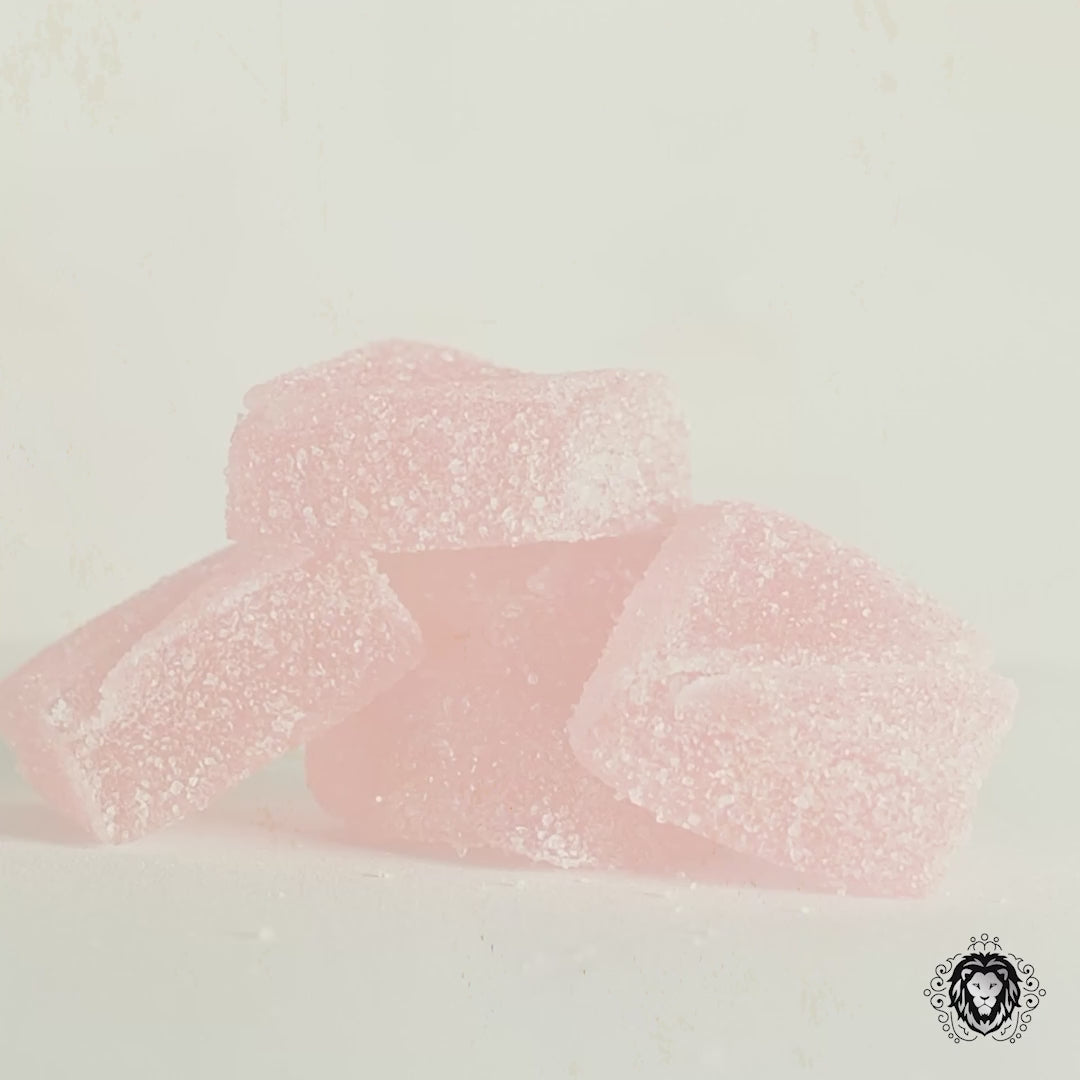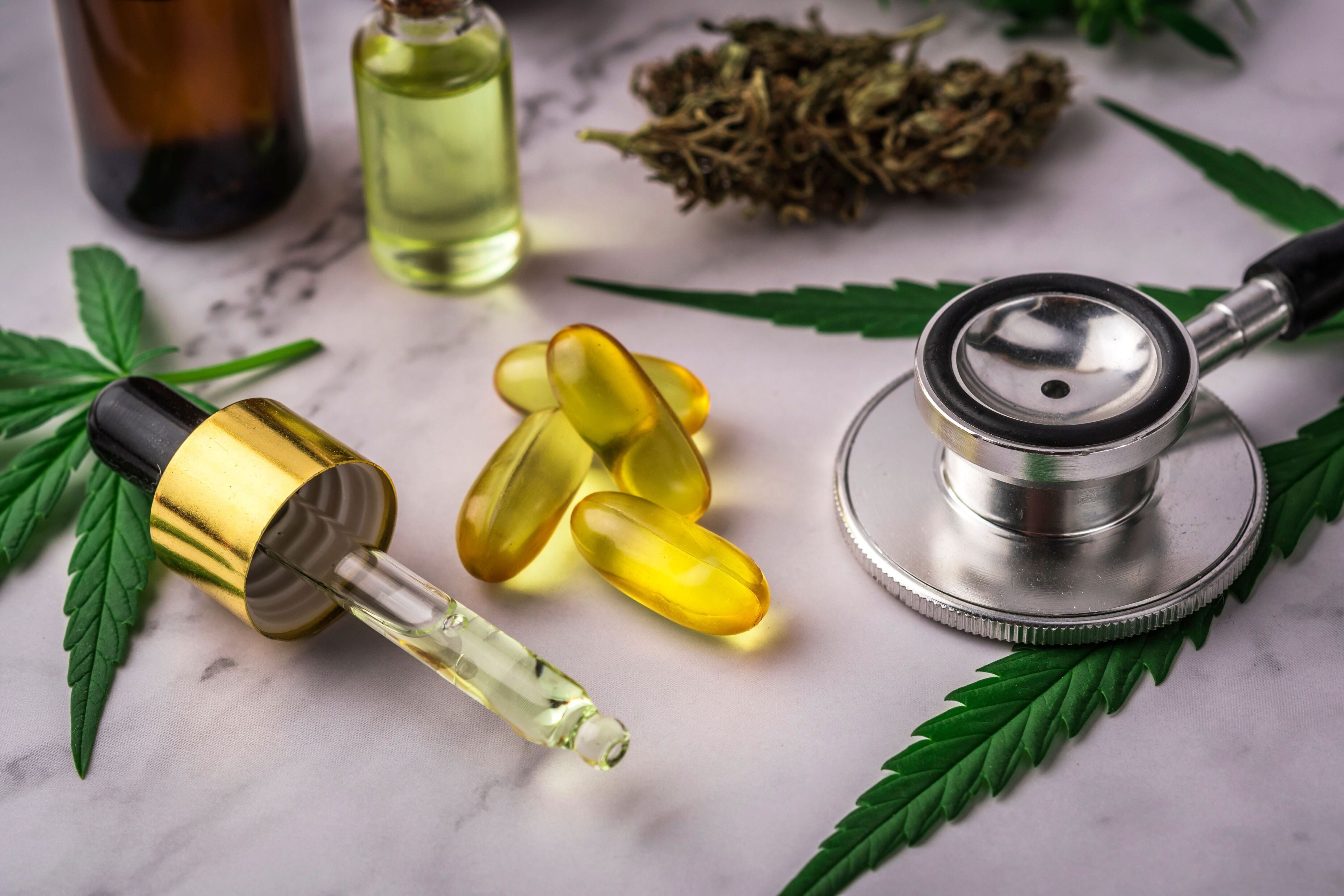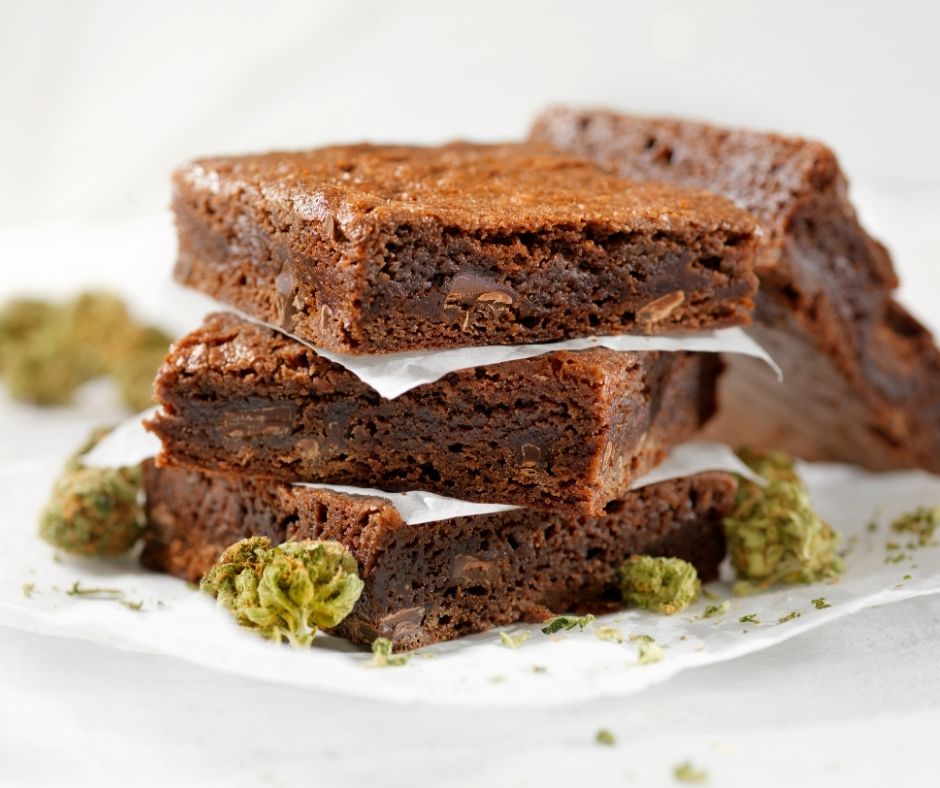
You might already be familiar with cannabidiol (CBD) and tetrahydrocannabinol (THC), two of the most famous compounds found in the cannabis plant, but did you know that cannabis plants contain over a hundred other cannabinoids as well? Scientists are still learning about these other cannabinoids, but one in particular is rising in popularity among consumers.
Cannabigerol (CBG) is the only known cannabinoid that may help stimulate the growth of new brain cells, according to Trichome Analytical, a DEA-registered cannabis testing company from New Jersey.
According to other reports, CBG may also help people reduce inflammation, boost appetite, kill bacteria, fight cancer cells, and protect nerve cells from damage, among other benefits. It has the potential to help treat inflammatory bowel disease, glaucoma, bladder dysfunctions, Huntington’s disease, bacterial infections, cancer, appetite loss and other conditions
The mother of all cannabinoids
The acidic form of CBG, which is referred to as CBGA, is a compound that acts as a precursor to all other phytocannabinoids. Because of this, it is sometimes even called the “mother of all cannabinoids.”
As a cannabis plant matures, CBGA is converted into other cannibinoids, including the ones that can later turn into THC and CBD. When the mature plant material is harvested and heated, any CBGA that remains in the plant material turns to CBG.
When growers harvest plants for CBG, they often harvest the plants when they are still young. This is because most of the CBG in older plants has already been converted to other cannabinoids. Young plants tend to contain more CBG.
CBG works differently than CBD
In the body, CBG imitates endocannibinoids, which are natural compounds our bodies make. It works by binding to CB1 cannibinoid receptors in the nervous system and brain as well as the CB2 cannibinoid receptors in the immune system. This is different from CBD, which reportedly only interacts with these receptors and doesn’t bind to them.
Scientists have not studied all of CBD’s effects, but research has reportedly shown that the compound is well tolerated by rats. It is not psychoactive, which means that it will not cause you to feel high, like THC would. However, there is a chance that it could interact with other medications, so it may be a good idea to consult a doctor before trying it.
CBG products aren’t always easy to find
Cannabis plants usually contain less CBG than other cannabinoids, but the exact amount can vary based on the strain of the plant. According to Verywell Mind, a typical cannabis plant may contain about 1% CBG, though it may contain about 25% CBD or 30% THC.
However, growers have developed cannabis strains that have naturally high levels of CBG. Some of these strains include White CBG, Super Glue CBG and Jack Frost CBG.
Still, CBG products can be less common and more expensive than CBD products because cannabis plants naturally produce less CBG than CBD. Fortunately, researchers are continuing to look into the benefits if this underappreciated cannabinoid, and their research could pave the way for more affordable and more readily available CBG products.
Sources
[1] https://www.health.com/mind-body/cbd/best-cbg-oil
[2] https://trichomeanalytical.com/about/
[3] https://www.healthline.com/health/cbg-oil#side-effects
[4] https://www.verywellmind.com/cannabigerol-cbg-uses-and-benefits-5085266




